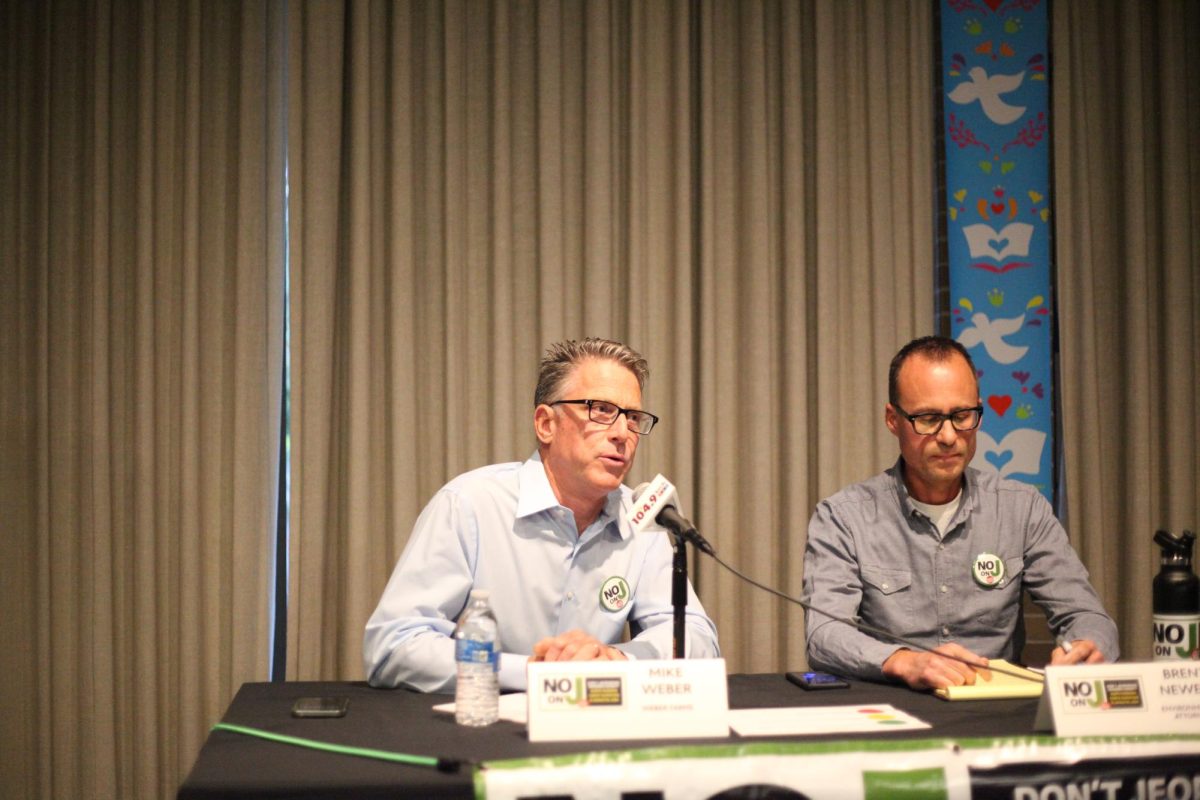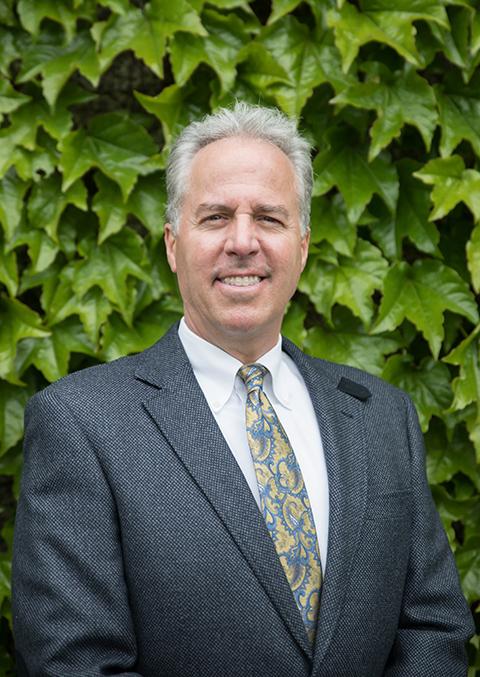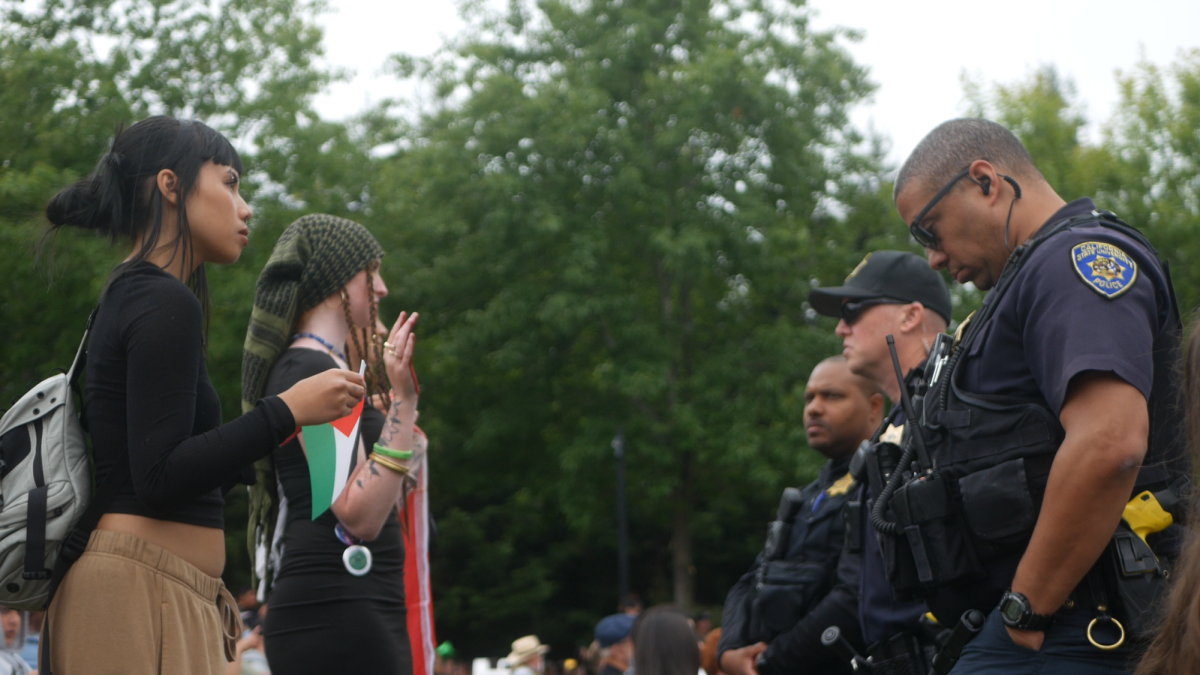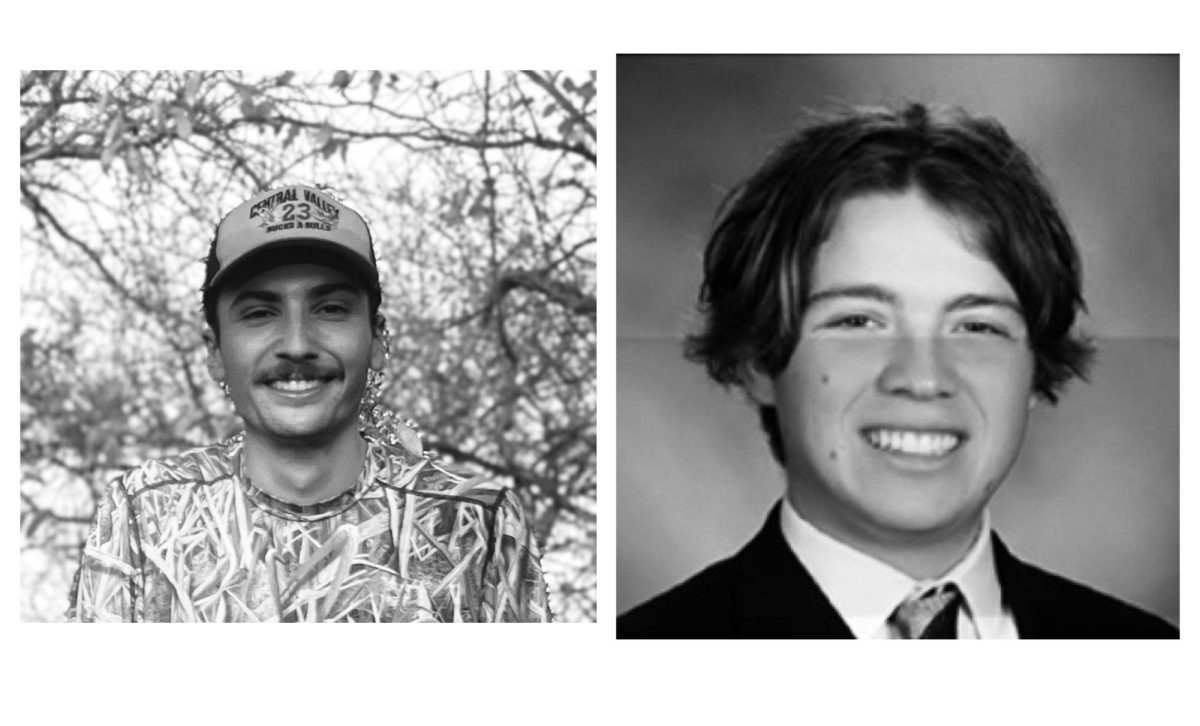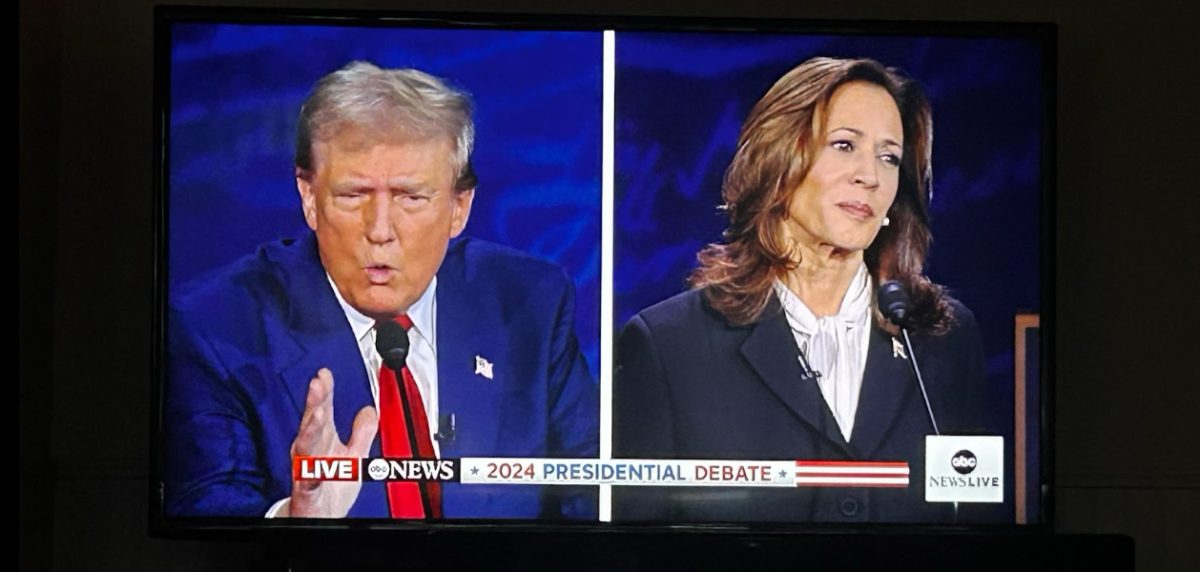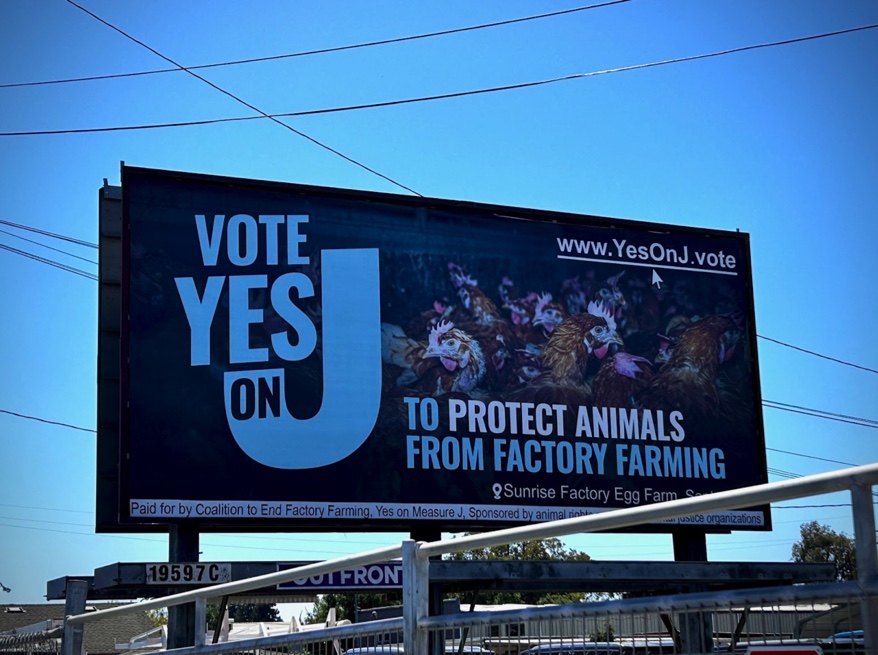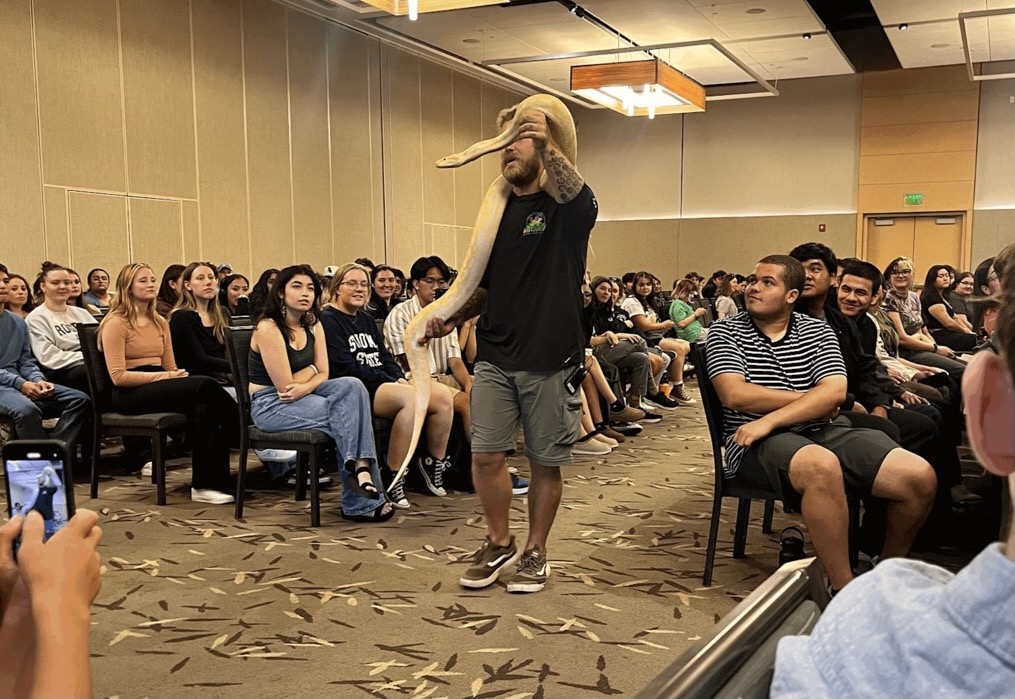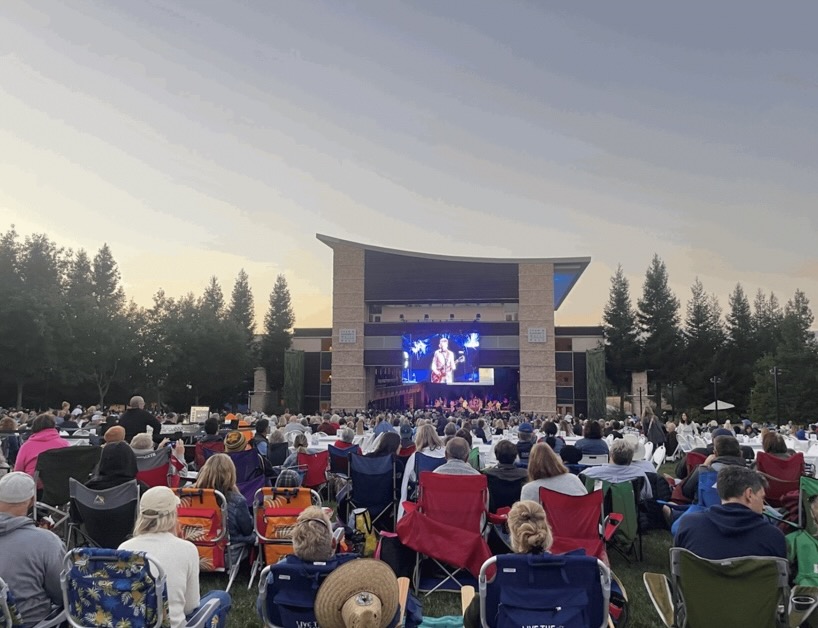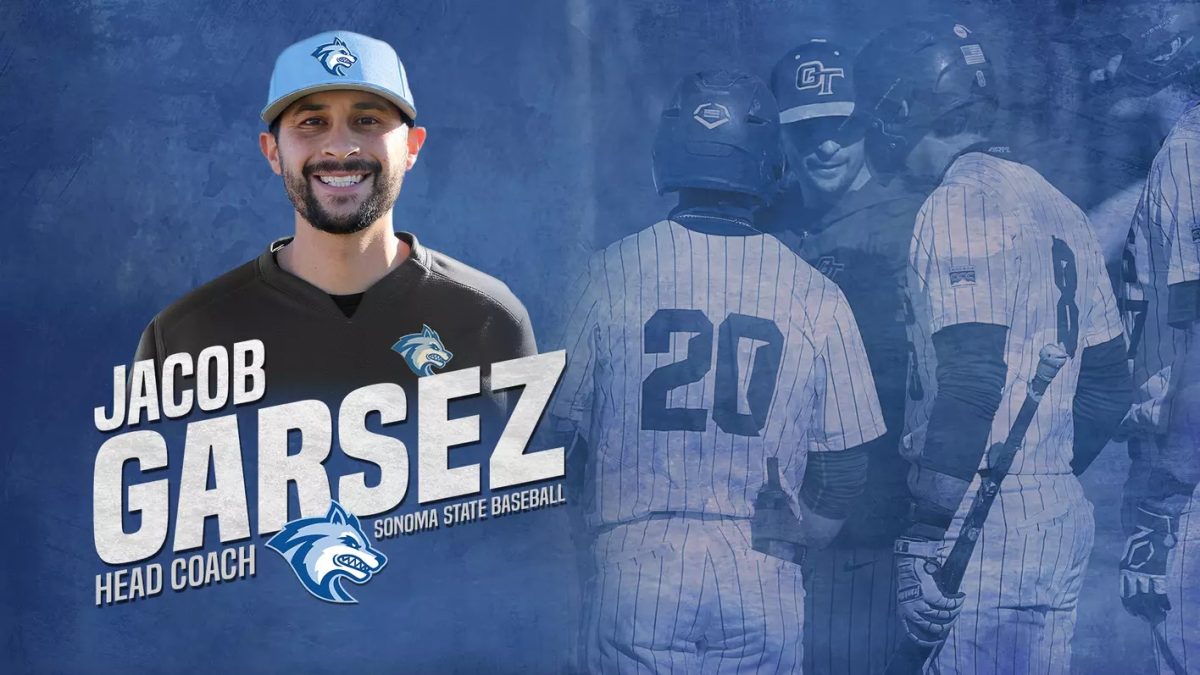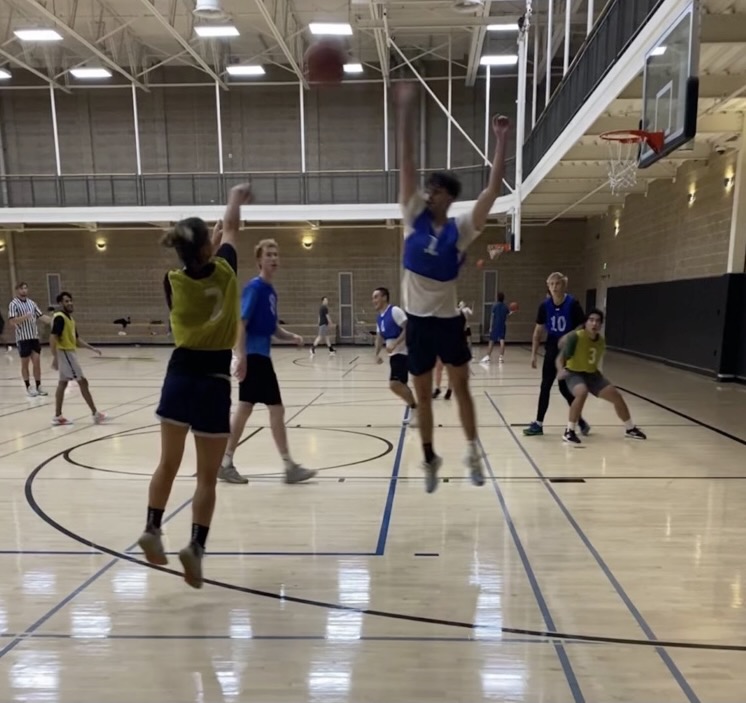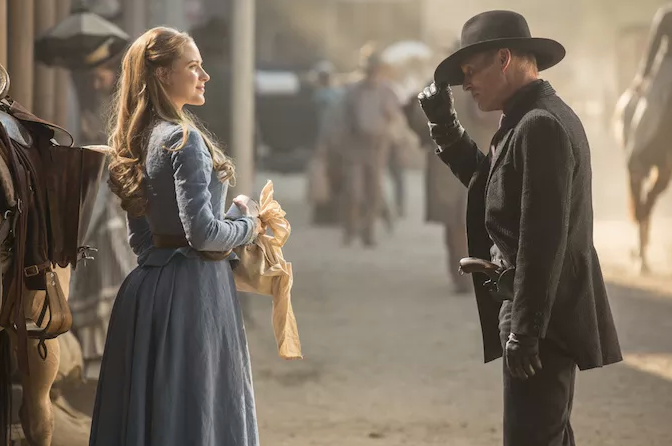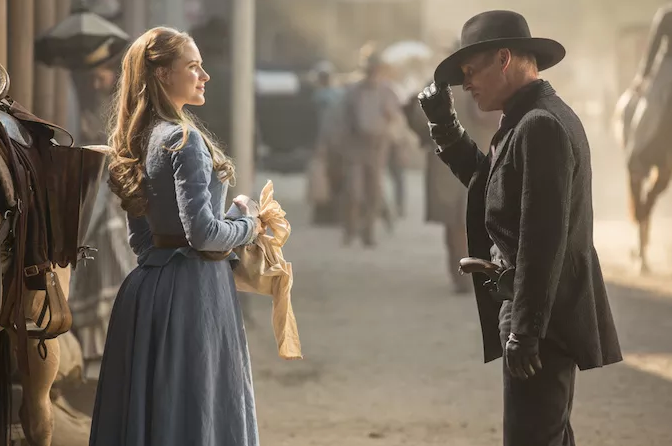facebook.com
Since the dawn of time, the human race has lived by one rule innately programmed into their genetic code: to go forward.
From the wheel to the rocket ship, humans never stay in one place when it comes to technological advancements, but the one question people have begun to ask is what would happen if the creation outpaces the creator? When something comes along and halts that human necessity to go forward–or perhaps, replaces it? Something man-made. Something that already exists. Something like artificial intelligence.
It’s a horror realized in HBO’s new show “Westworld” where the theme of artificial intelligence and bio-engineered cyborgs nearly parallels that of our reality, in both a mixture of clever entertainment and spot-on acknowledgment of real-life technological advancements.
Westworld is one hell of a show. Fantastic. Awesome. It’s smart and explorative within its genre and deserves viewership despite the phobias it may produce when being watched.
However, the point is not how well Hollywood can capture the eerie tones and dread of the classic Michael Crichton film from 1973, but rather the cyclic reality that man fears machine, and for good reason, too.
In reference to a book about the subject of robotic sentience, Tesla CEO Elon Musk tweeted about the dangers of Artificial Intelligence, how it should be held with care and that it is “potentially more dangerous than nukes.”
Now, before you grab your kitchen knives and start stabbing your microwave, people need to take in the most important part of what Musk said. That A.I. is still just potentially bad. Nukes currently exist, they go boom and that’s bad; but laser toting killer robots aren’t real—they don’t exist. Yet.
The purpose of that tweet wasn’t to give people the heebie-jeebies about everyday kitchen appliances. It was to note the possibilities of what synthetic consciousness is capable of and be prepared to make the rational decision if the world can handle something of that magnitude.
Let’s look at the Uncanny Valley, an observational phenomenon gifted to the human race that picks up on replicated consciousness. On one side of the spectrum, you have a very simplistic representation of a human being (think of a cartoon character, something like Homer Simpson).
On the other side of the spectrum, you have an actual human, flesh and whatnot—the whole shebang. Now as that spectrum goes from left to right, the portrayal of the human gradually turns more lifelike such as better graphics, more attention to detail.
These are things that people see as contributing factors to a better representation of themselves but remain subconsciously aware there is a distance between their own existence and the replicas. However, there is a momentary dip in this graph where the realism of the imitated human distorts the understanding that it is merely a fake, causing a feeling of uneasiness to the observer. When the copy teeters on the border of derivative cognizance and human portrayal; that is when the danger of artificial intelligence is mere steps away from remaining hypothetical.
Now remove that gap, as “Westworld” has. The difference between a human and his cyborg counterpart is perceivably unnoticeable. The only distinguishable characteristic between the two groups is the mechanical composition the robots instead of guts, allowing them to pass for any ol’ human based on looks alone.
And yet, this still isn’t the scary part. No, it’s when the artificial intelligence is too advanced for its own good and the learning cap the robots were initially programmed with is overridden and they’re consciousness is given full reign to build upon itself.
To learn and adapt as real people do, realizing how horrible the real world can be and the only people who are left to blame for the atrocity of sentience are those who bestowed it. Now that’s the scary part.

